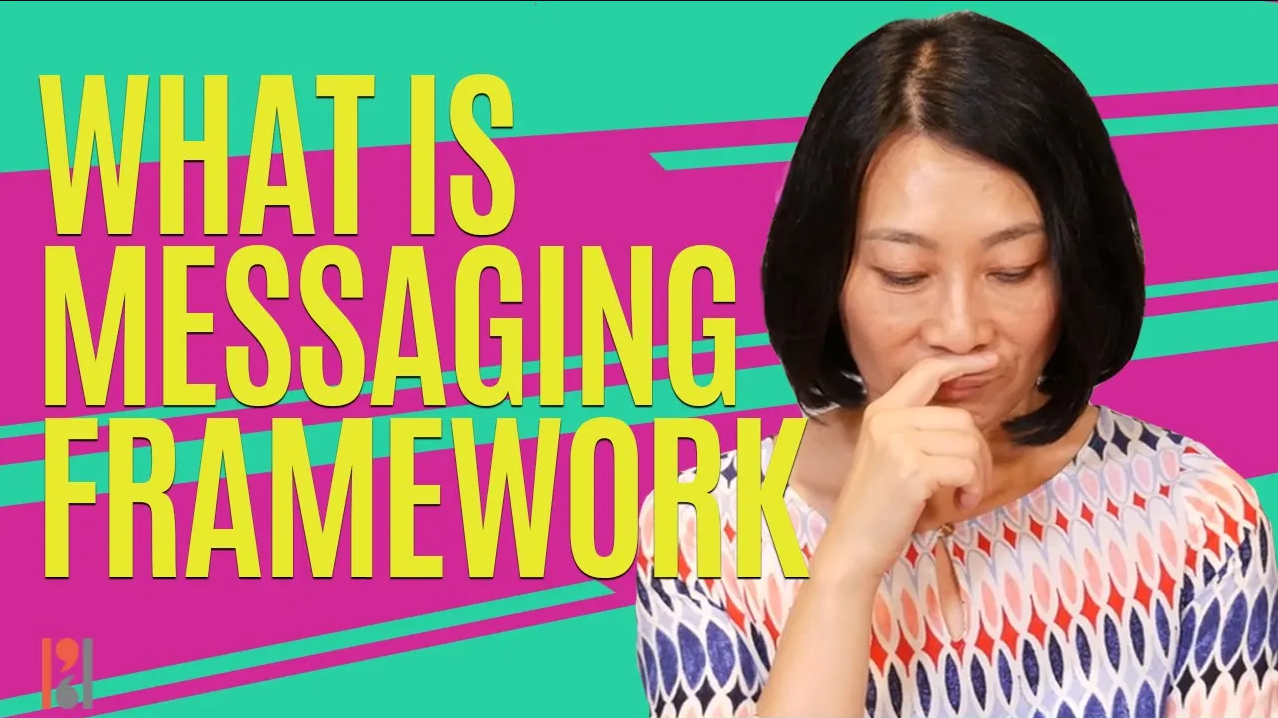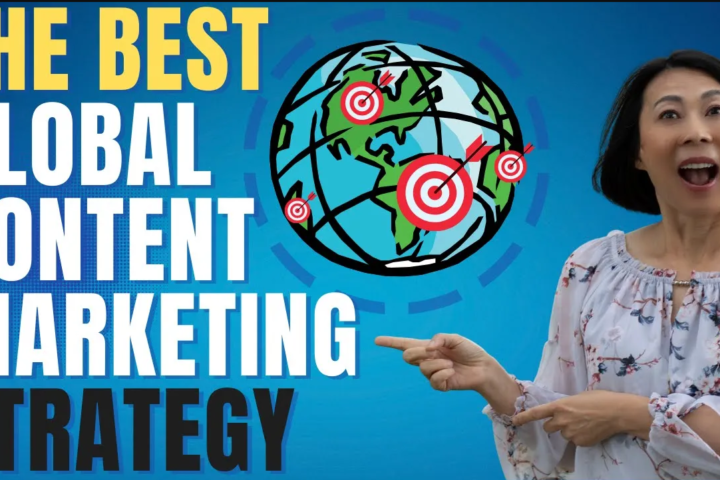
Messaging and positioning are the most underrated tasks in marketing. Also, crafting messaging is not as much fun as creative development, storytelling, or content creation.
However, it is a crucial and vital foundation for external communications and internal sales training.
This video is the first one in the series of how to create a messaging framework, and I talk about the steps that you need to take create a solid one.
Watch other videos in this series:
Part 2 – Product Template
Part 3 – Thought Leadership
Part 4 – High-Volume Products Framework
As a B2B Marketing Consultant, Author and Speaker, I focus on helping marketers to build marketing and sales alignment. I also help global companies tailor their marketing to a local audience. In addition to my YouTube Channel, I also write blog posts and own my podcast. Check out blog posts and podcast episodes and subscribe to Apple Podcast.
Want to see how I can help you? Schedule a call with me. Let’s talk.
TRANSCRIPT
Hey, this is Pam Didner, thank you for tuning in to my channel, B2B Marketing and More, with me, and this is where I want to help you become a better b2b marketer. I share my experience, templates, and know-how to help you think strategically and do your job better. By doing that, you can get promoted faster.
For today, I want to talk about messaging framework, which will be a series of episodes for this specific topic.
Today’s part one, and I want to talk about the messaging framework, and what steps can you take to create a solid messaging framework.
There are four steps. You need to talk to your product team. You need to use the templates to gather feedback. Number three, you need to solicit feedback from your sales and customers. And after several rounds of revisions, the last step is to finalize it with legal teams and get the product team’s approval. I will talk a little bit more about the steps. So what is messaging framework? A messaging framework is a structured representation of your products or services, unique promises, and differentiation. Again, a messaging framework is a structured representation of your products and services, unique promises and differentiations.
All right. Why is that important? Well, from my perspective, there’s one main benefit.
Consistency is a baseline that the PR, external marketing, communication, and sales engagement can use, right? So it’s a master document, everybody can go to, if they want to talk about specific products, they know what to say, of course, everything we say is kind of situational, that is kind of document that will guide people was to talk about the products and the services they offer. Right.
So consistency is the key benefit. But there are many hidden benefits. So I have done multiple messaging frameworks for different clients. And the hidden benefit for me is that it helps me understand my clients’ products so much better. By doing the research, I also get a chance to understand competitors’ products. And on top of it, by doing research and reading a lot of information and collateral, I get a chance to know a list of keywords I can use if I create content, right? So all of a sudden, you understand your product so much better. And you know a list of keywords you can use, and you also understand how competitors position themselves. And all this information can also help in contemplating content creation and editorial planning.
So now let’s talk about the steps you can take to create a messaging framework.
Number one, engage with your product team. When the products are technical, we marketers don’t know much of the details, the nitty-gritty details of our products, as much as the subject matter experts, right? They are in the trenches day in and day out. They know the product so much better than we do, right? So it’s very important to have a conversation with them, dig into their head, try to get the information out of them, having a conversation with them, and have them explain the technical features to you, then is a marketer’s job to translate that into plain English, so we can explain it to our end users and also target audience.
Number two, use a template to gather that information. I will be talking about the templates in part two, right? But remember, the key is to use a template to document the product, the subject matter experts’ point of view, and the technical features. Bear in mind that messaging framework is not copywriting. You need to use information or the wars to reflect the technical benefits and product features, and user benefits accurately.
Don’t worry about when you have to sugarcoat and use magic words.
No, use plain English to document what your subject matter expert hears. As I said, we present on document the information accurately. That’s a key point. Right. And then the copywriters can take whatever you have and sprinkle it with the magic to come up with a much fancier way to explain the benefits, but it’s not your job for messaging framework. Does that make sense?
Number three is to test your messaging framework with the sales team and the customers. It’s important to go through the draft of the messaging framework with the sales team. Get your feedback tested. Share information with them. They understand our customers very well. They know the pain points and challenges. So they will look at your messaging framework to see if it resonates with your customers. And if you have a budget, I suggest you test that with a couple of the customers, right, and even do a test online. That will be very helpful. But again, that can be budget dependent.
Once you go through several revisions, you’ll get feedback from the customers to get the feedback from the sales team, and you need to go back and revise it right, then you have another revision.
Once you have another draft, you have to review that with the product team again.
And sometimes that your product is technical, and they require some performance information, benchmark or benchmarking information to substantiate your claim. If that’s the case, you must review it with the legal team. And if you do review with the legal team, from time to time, they also have a suggestion in terms of awards that you need to use. Then you have to change that again. The steps (even though I described them before, are very distinctive steps) are not as linear as you think.
So here are three big takeaways. The messaging framework is the pre-loot of content creation, storytelling and creative development. It also provides the benefit of consistency for different organizations engaging with our customers, analysts, and target audiences, right? It’s a sense of consistency that you can share. And number two, they are four steps, from the time you engage with your product team, use a document to create a messaging framework and test that with your sales and the customers down to getting approval from your product and the legal team. So these are the four steps. Number three, the whole process is not straightforward.
There’s a lot of going back and forth back and forth. So what does that tell you?
It tells you that the messaging framework takes time to create. So you need to start early if you have a big product launch. Granted, the reality is that the product team probably will not finalize all the product features until a couple of weeks before the product launch. Trust me. I ran into that situation in the past. But that doesn’t mean you can’t start early or stay side by side with them. There’s got to be some key features that will be included as a part of the product launch, right? But the awesome secondary features or some features there that the subject matter expert needs to determine or prioritize what works. That’s okay.
So stay side by side with them.
That doesn’t mean that, you know, they have to finish their work first, and you can start yours in theory that will be perfect, but in reality, you just need to work in parallel.
I hope that you enjoy today’s episode. It’s probably not a topic that I apply to everybody. But from my perspective, messaging framework is super, super important. I hope you will tune in next week. I will discuss part two of the messaging framework, a template I want to share with you. Okay, if you liked the content, subscribe below or share with a friend who can benefit. I would appreciate that. It means a lot to me. I hope to see you next week. Bye



